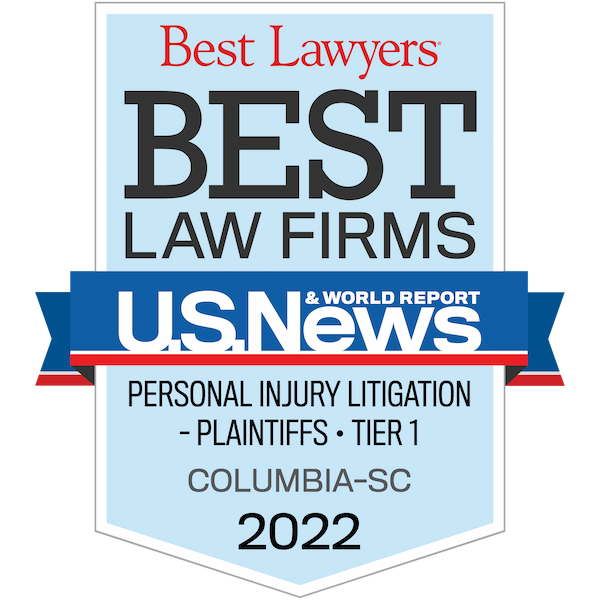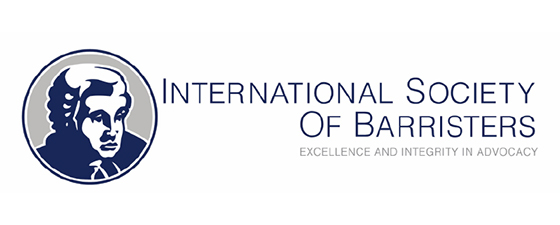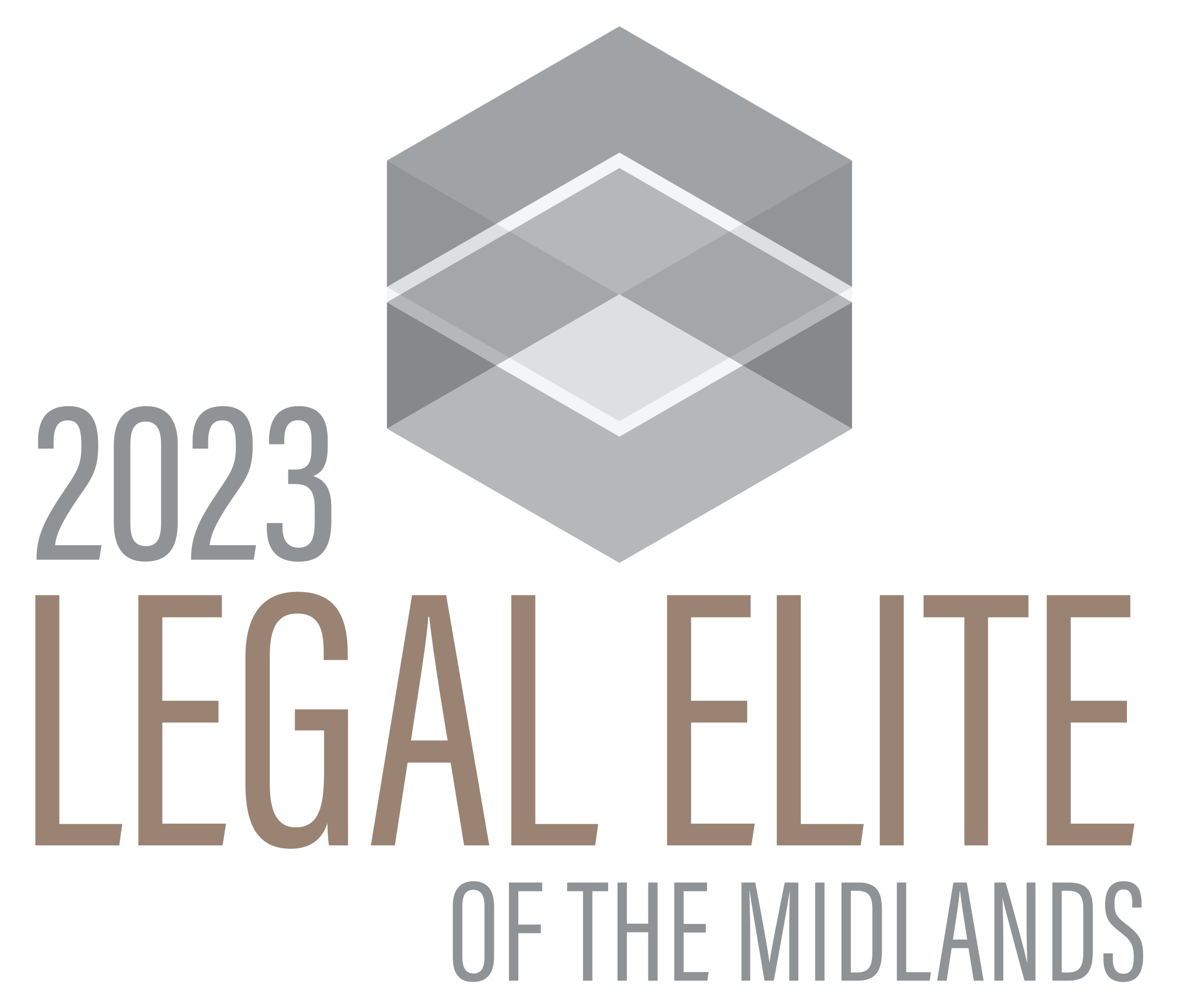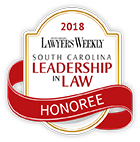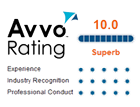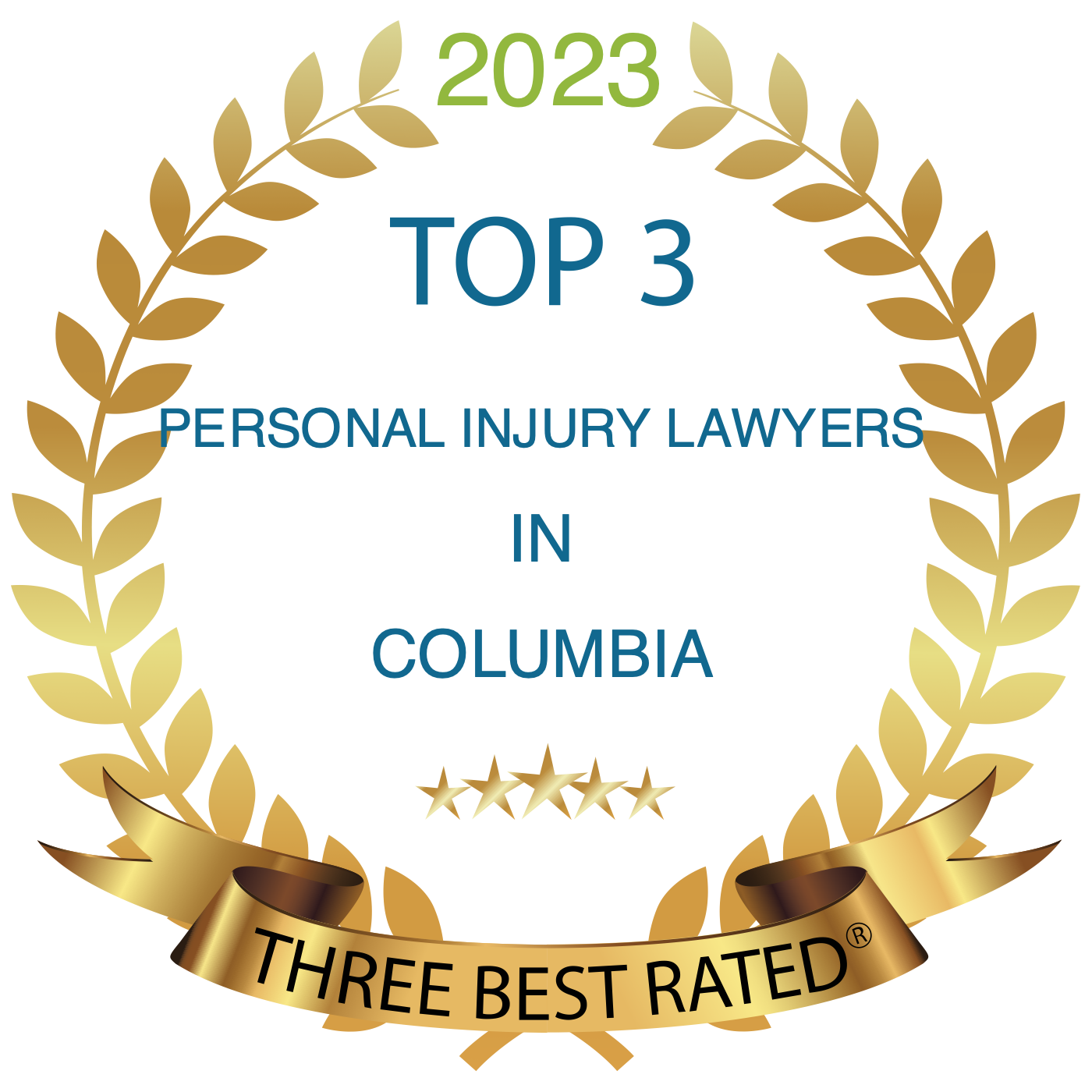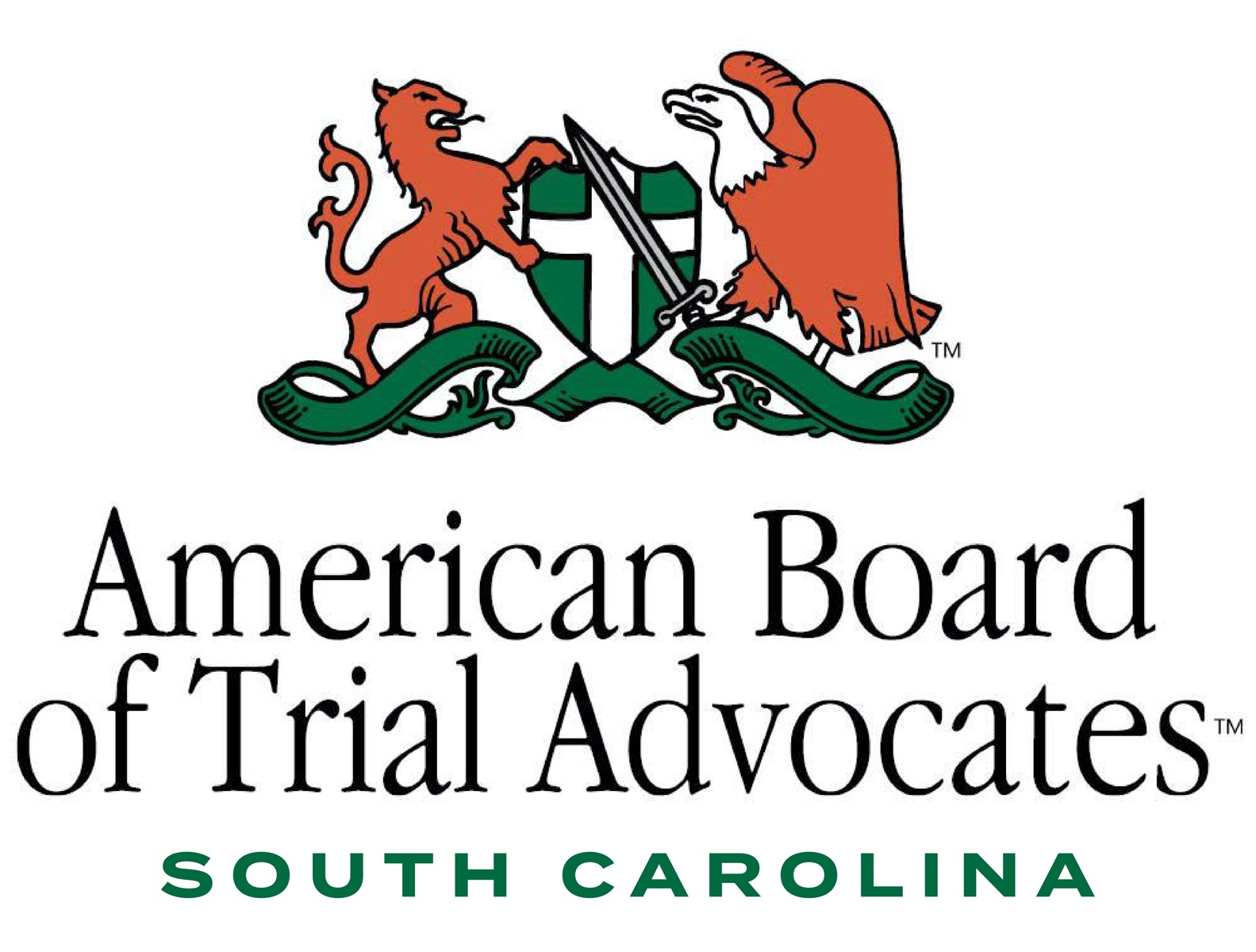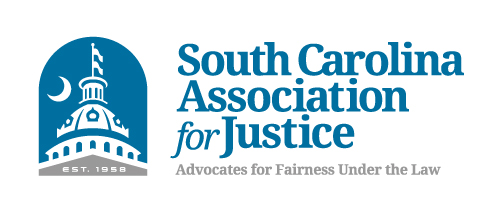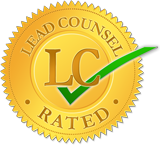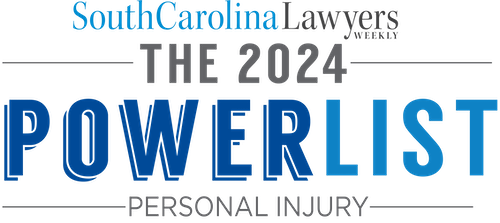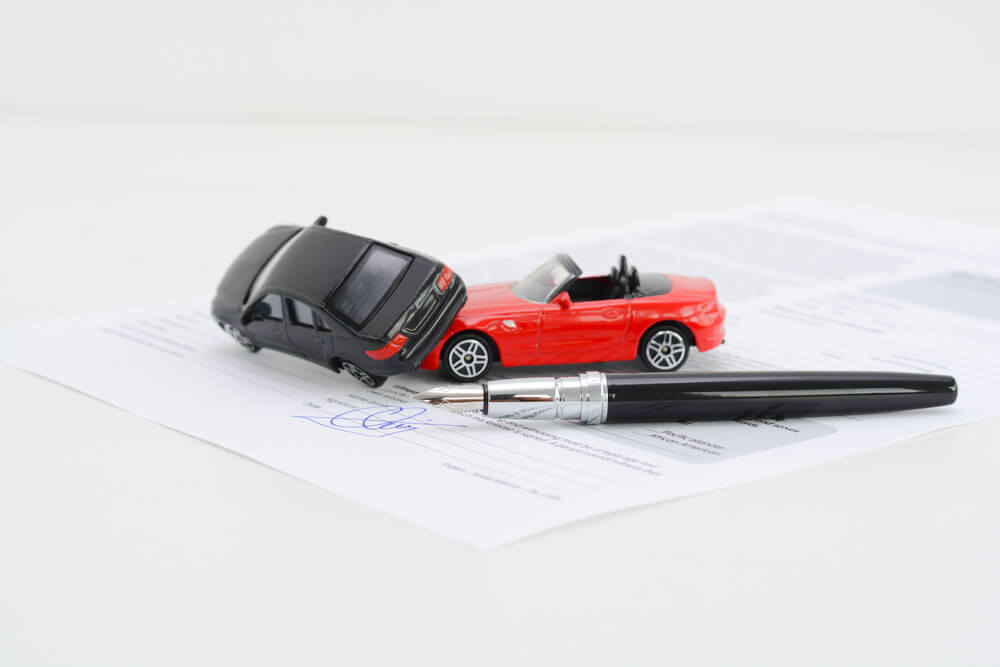
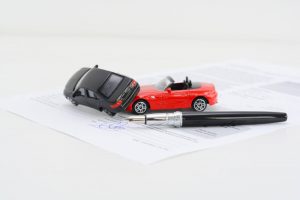 If you were injured in a motor vehicle accident caused by someone else, you could be entitled to compensation. It is critical that all details surrounding the incident are reported correctly. Insurance companies will look for small details in the report that, if taken out of context, could hurt your chances of receiving fair, full compensation. The Columbia car crash attorneys of Goings Law Firm, LLC are here to help you understand the contents of your report and build a solid case for the full and fair compensation you deserve.
If you were injured in a motor vehicle accident caused by someone else, you could be entitled to compensation. It is critical that all details surrounding the incident are reported correctly. Insurance companies will look for small details in the report that, if taken out of context, could hurt your chances of receiving fair, full compensation. The Columbia car crash attorneys of Goings Law Firm, LLC are here to help you understand the contents of your report and build a solid case for the full and fair compensation you deserve.
Will I Automatically Receive a Copy of My Collision Report?
No. In South Carolina, accident reports completed by police officers responding to automobile accidents are not automatically sent to those involved in the crash. To get a copy of your traffic collision report form (TR-310), you must make a request online or complete a Request for Copy of Collision Report (SCDMV Form FR-50) and then return it via mail or take it to any South Carolina Department of Motor Vehicles (SCDMV) branch. You will need to pay a small fee to obtain a copy of your report.
Understanding Your Report
The South Carolina traffic collision report contains a lot of information. It can be overwhelming if you haven’t seen this type of report before. Our knowledgeable attorneys walk you through your report and help you determine whether all the information it contains is accurate.
The first thing is to note your incident number. This is located in the upper left corner of the first page of the form, labeled “D.P.S. Use Only.”
Location Information
The first section of this two-page form is where the police officer will describe the accident’s date, time, and exact location, as well as note in which direction each vehicle was moving.
Personal Information
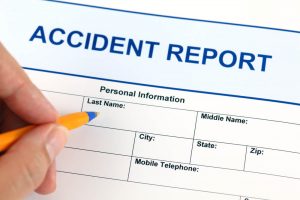 The following section includes information about the drivers, pedestrians, and others involved. Details include driver’s license numbers, vehicle identification numbers, the make and model of each automobile, and insurance information. You should note who the responding officer listed as having “contributed to” the collision.
The following section includes information about the drivers, pedestrians, and others involved. Details include driver’s license numbers, vehicle identification numbers, the make and model of each automobile, and insurance information. You should note who the responding officer listed as having “contributed to” the collision.
Accident Details
Here, the responding police officer describes what happened. Space is provided for the officer to sketch a diagram showing who was in which position. There are also fields where the officer can write an estimate of the dollar amount of property damages.
Police Officer’s Information
At the bottom of page one, you’ll find the responding officer’s name, badge number, and other details. This is important because you and your team of attorneys will contact this individual if the report contains inaccurate information that should be corrected.
Injuries
At the top of page two, the officer will list everyone involved in the accident, their injuries, and their conditions. Some of the details recorded in this section include:
- Injury status (from not injured to fatal)
- Where in the vehicle each passenger was seated, or whether the individual was a pedestrian
- Whether each person was wearing a seat belt or other safety device
- Whether the airbag deployed
- Which passengers were ejected from the vehicle, if any
- Who was taken to a medical facility
Timeline
Next, the officer includes the sequence of events as reported by those involved in the crash and by eyewitnesses. It is vital to ensure the accuracy of this information.
Vehicle Damage
This includes information regarding how the struck vehicle was hit, what part of the vehicle had the most damage, what the struck vehicle and any non-motorists were doing immediately before the impact, etc.
Other Conditions
The responding officer will note the weather and the light conditions at the time of the accident. They will also document the road surface conditions, the characteristics of the road (e.g., straight or curved roadway, one-way street, etc.), the type of traffic control, and what type of intersection it was. The report also provides information on whether drug and alcohol tests were conducted and their results, if available.
Contributing Factors
The final section is where the officer notes any defects or factors that could have contributed to the accident. This information can be crucial in determining who was at fault.
The driver’s actions that might have contributed to the accident:
- Disregarding signs/signals
- Aggressive or distracted driving
- Over-steering
- Failed to yield right of way
Roadway conditions that might have played a part:
- Potholes
- Debris or other obstructions on the road
- Slick road surface
Non-motorists’ actions, environmental conditions, or vehicle defects could also be contributing factors.
Contact an Experienced South Carolina Accident Attorney Today
While the traffic collision report is the official record of your car crash, it may not be entirely accurate. Call Goings Law Firm, LLC today so we can help review your report and correct any false information the insurance companies may try to use to their advantage. Call (803) 350-9230 to set up your free consultation.

